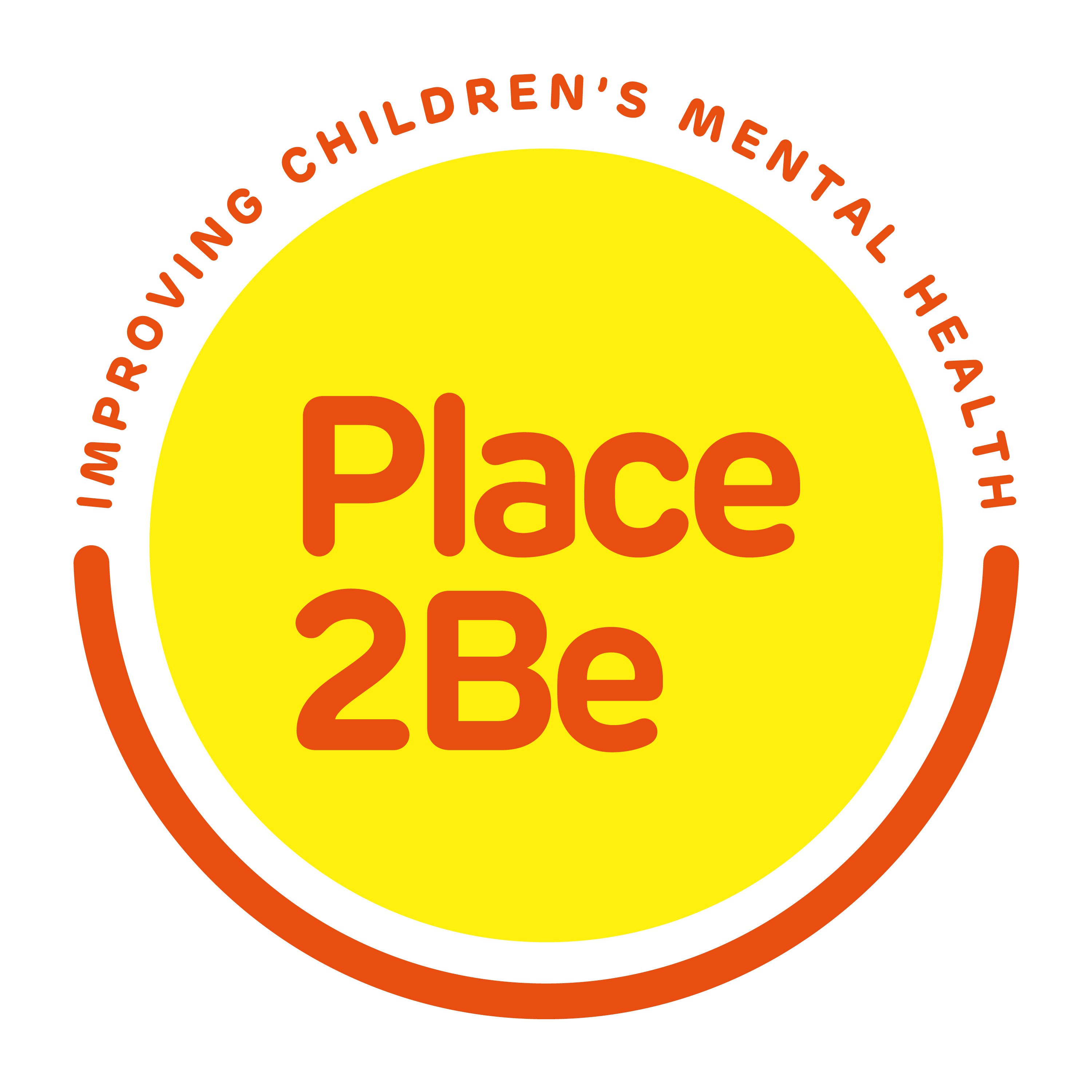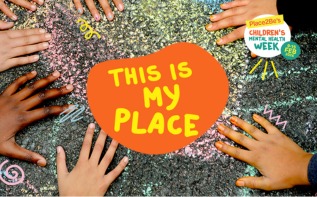Back to school: breaking down the barriers to attendance
This blog was written by Place2Be’s Educational Psychologist team who provide additional support to our partner schools through our School Project Managers and Mental Health Practitioners.

“It’s lovely to see you.”
A positive, non-judgemental welcome to school after the summer break – for any pupil – is such a simple step to take but it can be so effective. The start of term can bring about all sorts of feelings for children and young people (excitement as well as worry) but that also applies to school staff, parents and carers. How adults respond to these changes can also influence how positive this experience is for children and young people.
A positive welcome is important for all children but no more so than for pupils who are struggling with significant stress about going through the school gates. We talk about Emotionally Based School Avoidance but for children and young people it means a head full of questions – do I belong, do I matter, does anyone like me, am I safe? And as those anxious feelings increase, it means falling behind on schoolwork and missing out on peer connections – leading to further avoidance.
We know this is an issue that’s increasing. Indeed, in the previous school year in England we know that 20% of children and young people were persistently absent from school (missing 10% or more days). In Scotland that rises to a remarkable 41% of young people in secondary schools.
Now, as pupils return after the summer break, there is a renewed imperative to prioritise support for children who are experiencing those significant psychological barriers to going to school. But how best can schools deliver this support?
It starts with understanding what ‘pull’ factors are preventing young people going to school, as well as those ‘push’ factors encouraging them to attend. More specifically, which school, family and young person’s stress or risk factors are outweighing the ‘push’ of adequate support and resilience.
Likewise, we need to fully understand a young person’s own strengths, from which we can start to understand the ‘push’ factors that will tackle the underlying anxiety that is causing their school avoidance.
The young person should be at the centre of this process, but we can only make progress when we build a trusting relationship with their families. That home-school partnership needs to be non-judgemental, collaborative, consistent and respectful. Fundamentally, everyone needs to be patient and determined – this is often a long process, with small incremental changes.
While the exact interventions must be individualised, most children will benefit from a gradual approach. It means planning for Monday mornings, for coming back from school holidays, and establishing morning routines. It also means taking it slow, with graded exposure to school through spending time with trusted adults, who are aware of and responsive to the young person’s anxiety.
All of this can only happen when schools have created an environment of belonging and psychological safety: where children and young people feel they matter, they belong, and they are safe. Ultimately, it all starts with how you say “hello”.







